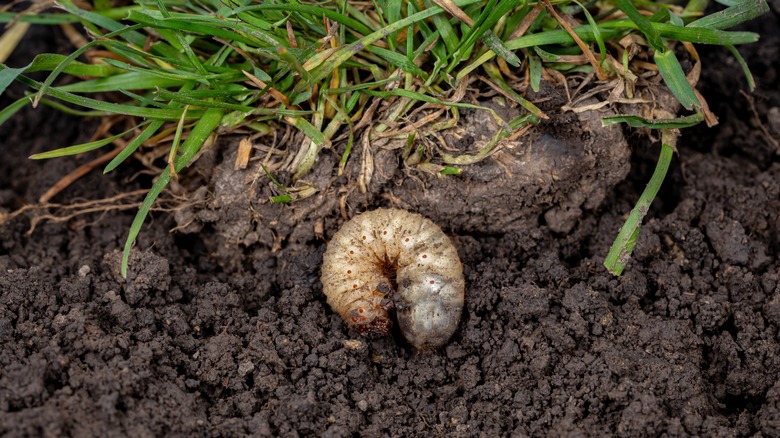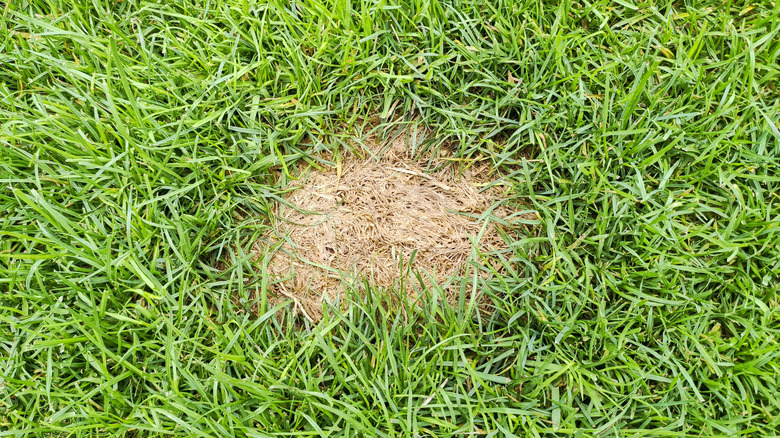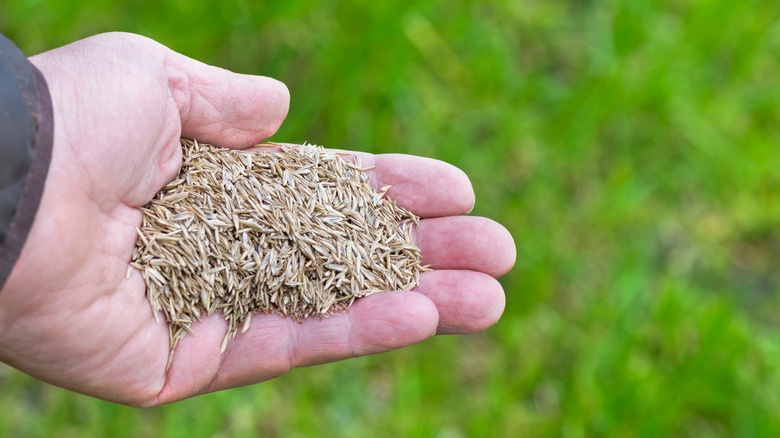The All-Natural Tip That Can Help Solve Your Lawn's Grub Worm Problem
When your yard doesn't seem to be producing the green grass that you want to see (and that will make the neighbors jealous), you want to diagnose the problem quickly, especially if it relates to pests. After all, any pests that are killing your grass could multiply quickly if you don't take action. A good place to start is to look for any warning signs that you have a grub problem in your lawn, as these pests are extremely destructive.
Although there are many ways to get rid of grub worms, you may not want to use pesticides or other treatments like nematodes that could cause additional problems and unintended consequences on your property. Instead, you may want to deploy an all-natural option for trying to control these pests, such as making your lawn stronger.
Utilizing the overseeding technique on your lawn to strengthen it can end up being an effective deterrent against grubs. These pests often seek to take advantage of a weaker growth of grass in certain areas of the yard. When you take the time to overseed, it discourages the adult scarab beetles from moving into your lawn, meaning they won't lay as many eggs and produce as many grubs in the future.
How to recognize that you may have grubs and may need overseeding
If you are wondering whether you have an infestation of grubs, one of the first signs is the appearance of brown patches of grass at random spots in the yard. Make sure that these brown spots don't have another explanation, such as dog urine in the same place, applying too much fertilizer in one spot, or problems with drought. If the brown spots are related to grubs, you should be able to pull up the brown grass easily. In fact, it may almost roll up like sod, because the pests have eaten the roots and there's nothing holding the blades of grass to the ground.
Other signs that you may have grubs include seeing birds and raccoons frequently digging into the dirt, looking to find the pests and eat them. Of course, you may also just see the grubs themselves, although this may not happen until you pull up the brown patches or unless you're digging in the area. Grubs are typically white or grayish in color, with red heads. They are often curled into a C shape when you see them on the ground. They can usually be up to one inch in length when straightened out.
Why overseeding works to reduce your problem with grubs
As a general rule, a thick lawn is resistant to diseases, which keeps it stronger from year to year. By preventing disease from weakening the lawn, it helps to keep grubs at bay by preventing the beetles that lay the eggs from reaching the ground. Pests have an easier time moving through weaker, thinner grass.
It's important to note that overseeding is not going to immediately solve any problems you have with grubs. You should see the grass seed begin to sprout in 7 to 10 days, but stronger growth may take two to four weeks. This is not quick enough to take care of an infestation of grubs that you are noticing right now.
If you want to use overseeding to try to eradicate grubs, you need to plan ahead. Although some of these pests begin causing problems for your lawn in early spring, they tend to be most active in late summer and autumn. Consequently, you may want to start your overseeding in the spring, hopefully making your grass as strong as possible by late summer. Fortunately, you can successfully overseed in the spring to achieve germination and strengthen weak and bare spots. You may want to use verticutting, which is the process of making grooves in the soil to enhance seed contact with the soil, for the best results.


